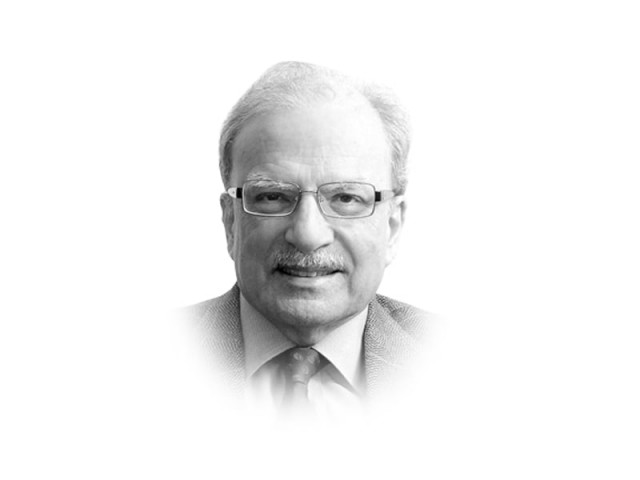Exploding Karachi
Research suggests that rapid urban growth is associated with weakened social cohesions and increased risk of violence.

It is the third problem — that of resort to violence to gain ground against opponents — that poses the most serious challenge to the country. Pakistan cannot make progress unless different kinds of violence that have become routine are brought under control. It is because of this that the World Bank in its 2011 World Development Report has included Pakistan, along with a score of other countries, in its list of fragile states. In fact, there are three ongoing wars in Pakistan. There is no end in sight for any of them: they are the wars in Karachi, the war among the various sects of Islam, and the war between the state and various extremist groups. It is the explosion in Karachi with which I will deal today.
The ethnic war in Karachi started a couple of decades back but subsided in intensity for a while. Its main cause is the inability of its very diverse population to further their interests without hurting those of the rest. The city has grown fifty-fold since the country gained independence 64 years ago. Had Karachi grown by the natural increase in population — in Pakistan’s case by 2.85 per cent a year — it would have doubled in size about every 25 years. Had it grown at a rate normal for large urban centers — about five per cent a year — its population would have doubled every 14 years. In the latter case, the city’s population would be around nine million, less than half its present size. Instead, the city’s population has increased by six per cent a year.
What caused the explosion in Karachi’s population are three waves of migration that brought three very different people in search of jobs and, ironically, security. In other words, if Karachi today has a population of 20 million, slightly more than a third of it is made of the Muhajir community, about a fourth of the original Sindhi-Makrani population, about a fourth also the of the Pashtun and the remaining one-sixth of other ethnic groups. There are supposedly one million people from Bihar and Bangladesh who reside in the city.
This ethnic brew continues to churn and produce violence. The several communities that make up the city’s population have not found a way of developing an institutional response to resolving their differences.
Research suggests that rapid urban growth is associated with weakened social cohesions and increased risk of violence. Karachi, as discussed above, increased in size at a rate much more than that of other megacities in the world. But despite its explosive growth, the city had one advantage: rough balance in the numbers of people belonging to different ethnic and social groups. This should have led to politics and economics of inclusion rather than that of exclusion. That happened for a while when the Muhajir community gained political control of the city. Its leaders worked to develop not only the areas populated by their community but those of other ethnic groups as well. However, that balance was disturbed by the escalation of violence in the Pashtun areas of Pakistan and Afghanistan. This generated another wave of migration which has brought in more people from this ethnic group. They are now trying to find economic and political space for themselves in the city and that has led to violence once again. The solution is not the use of force; it has to be economic and political accommodation of the people who feel excluded.
Published in The Express Tribune, August 15th, 2011.














COMMENTS
Comments are moderated and generally will be posted if they are on-topic and not abusive.
For more information, please see our Comments FAQ